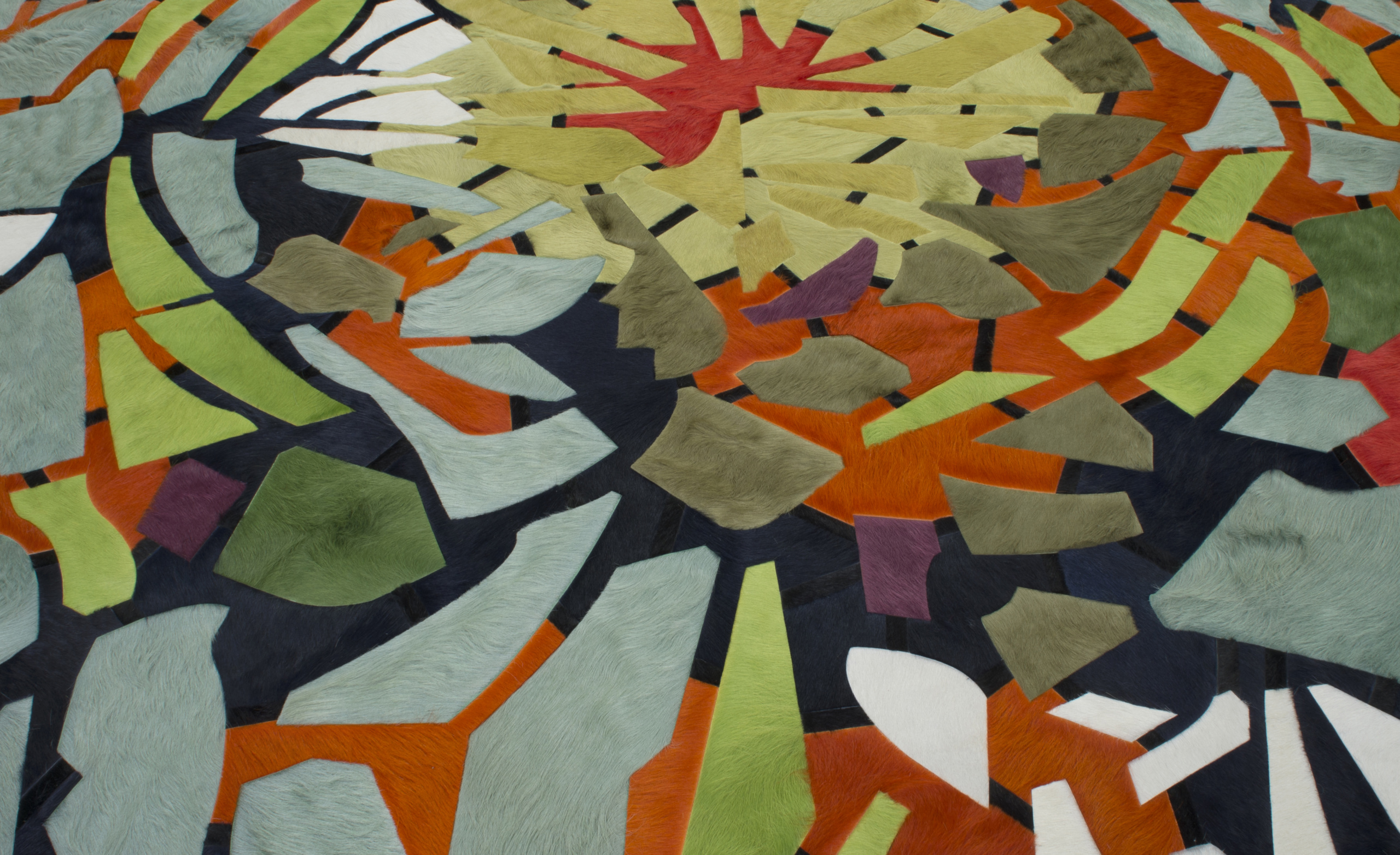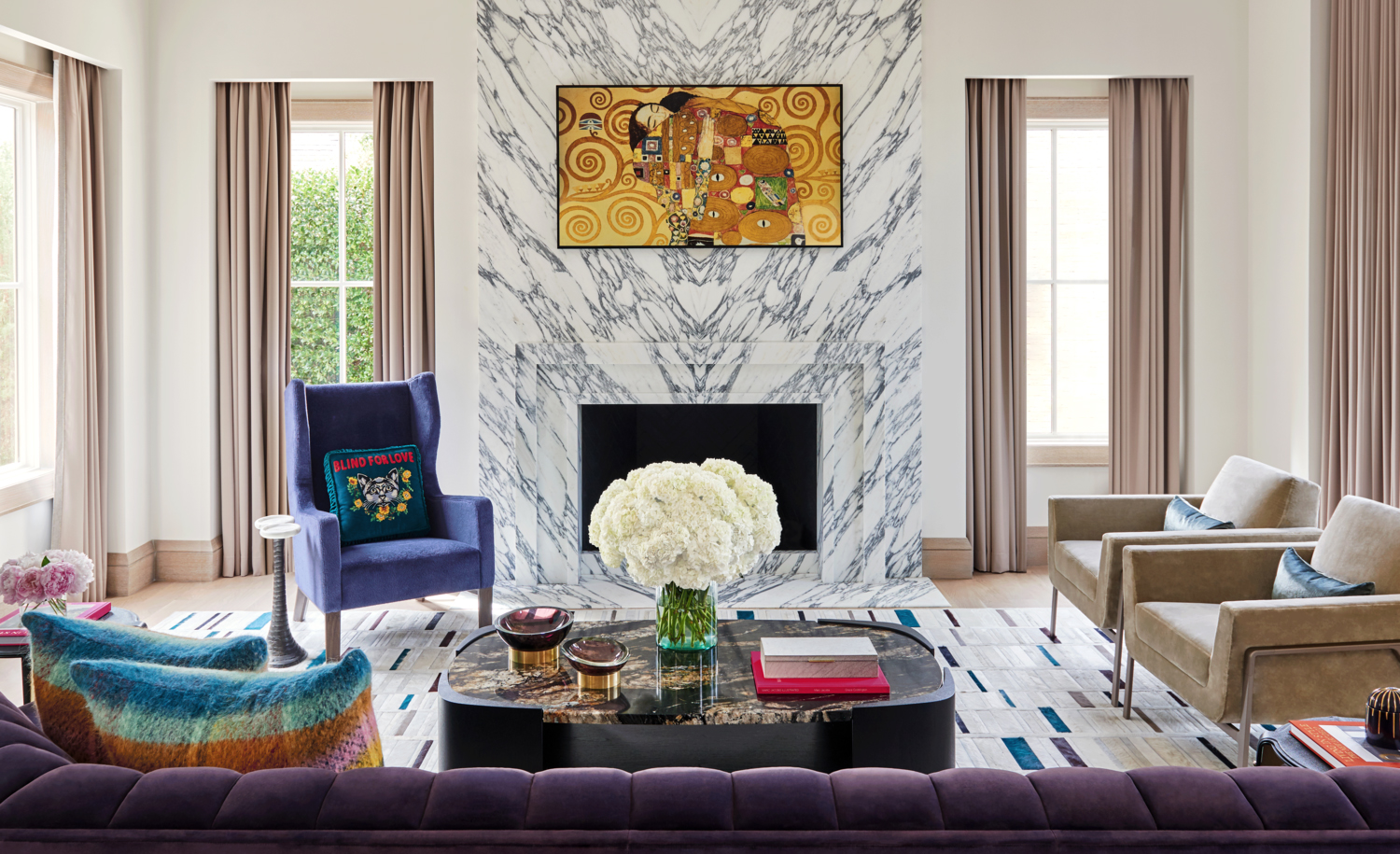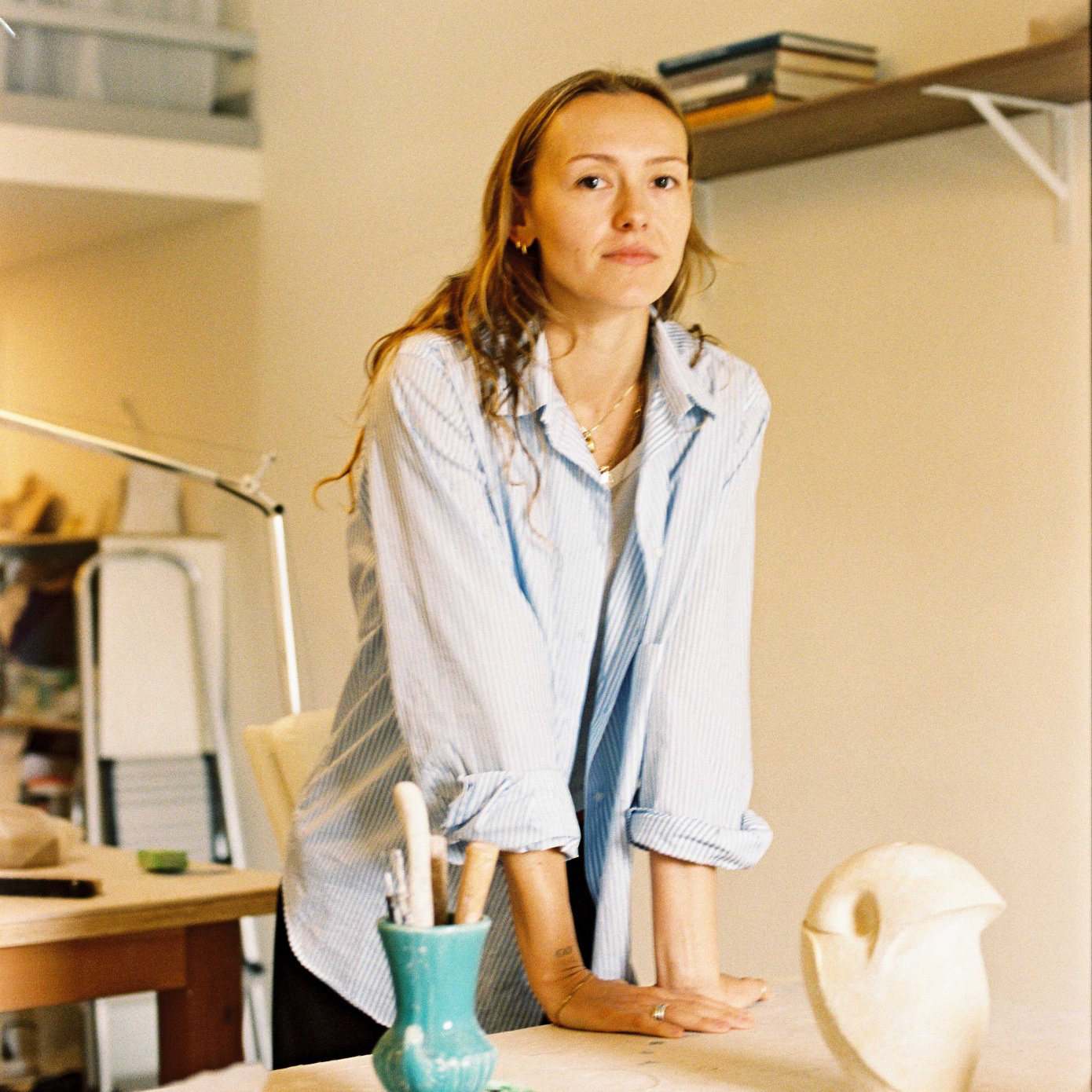
What began as a middle-of-the-night, spur-of-the-moment idea to create custom hide rugs has since blossomed into a globally recognized name in the field of design, whose creations remain unimpeded in their distinct nature. With his innovative yet timeless hides, Kyle Bunting has pushed the boundaries of what the material can yield for nearly two decades. While his hide rugs initially created the bedrock of the brand, in the past decade Bunting moved beyond creating a singular product, expanding into wall coverings, art, and custom applications. Ever-expanding, Bunting’s recent forays into creative collaborations invited artists Douglas Friedman, Matt Neuman and Abidemi Olowonira to merge their multi-dimensional practices into pieces that blur the lines between decorative object and artwork. On the eve of the company’s 20 anniversary, we sat down with Bunting to discuss the various paths the company has taken, his utmost dedication to quality and his hopes for the future of the brand.

Maria Vogel: How did Kyle Bunting come to be? What was the impetus for creating the company?
Kyle Bunting: In the late 1990s, while living in San Francisco, I bought and renovated several residential properties. In the process, I caught "the design bug" and started looking for a way into the business. A few years later, everything changed. It was one of those "the middle of the night, had an idea, took action and here we are" stories. Restless at 3AM, I was captivated by one of my father's mosaic hide art pieces hanging in my bedroom, curious about what I could recall from its creation twenty years prior.
I got up to make some notes and I stepped on a custom rug from Christopher Farr that I had ordered several years prior. At that moment, it struck me: “what if we used hide, much like my father had done, to create custom rugs that clients and designers could order in extraordinary colors, innovative and classic designs, and unlimited shapes and sizes?” A few days later, I was on a plane to see my father. I showed up one afternoon, asking, "how do we make hide rugs?"
Twenty years and 700,000 square feet later, the rest is history.
MV: How would you describe the Kyle Bunting brand for those who are unfamiliar?
KB: Kyle Bunting is synonymous with hide. Having created the first decorative hide rug, we own a special place for creating original, authentic, high-quality, custom hide rugs. About a decade ago, designers started encouraging us to expand, asking us to become specialists in all things hide. That push helped start a vibrant upholstery business and energized our vertical business. Some of our most exciting work of late has been from the vertical segment. Clients are commissioning murals and wall coverings regularly. These projects are interesting in how they play with light and decor differently than rugs.

MV: In the time since the company was established, how have you seen it change and grow?
KB: Earlier, the business was more mercurial: a smaller studio servicing high-end, boutique designers. As we entered the showroom world, where we did business for over a decade, we met a broader array of clients. Now that we're an independent brand, we've found that the relationships we created over the years are the bedrock of the business. I find clients willing to be more adventurous since they know how to take advantage of what we can do from a production and creative perspective. While this sometimes brings a greater intellectual and engineering challenge, it's also invigorating to see these ideas materialize into things we wouldn't have made otherwise.
MV: What drew you to explore the medium of hide?
KB: What I love about this question is that you called it a medium. Before Kyle Bunting, no one looked at hide as a specialty material. I think that singular focus is what has separated us from others. Hide is tactile and works with light in a unique way. It's also wildly varied and has natural flaws and inconsistencies that, through experience, we've mastered how to weave into the elegance of the product.

MV: What sets apart your work from other makers of hide?
KB: It’s not always true that imitation is the sincerest form of flattery; often imitation is the sincerest form of thievery. In that regard, early on we saw companies reproducing our works, all of which are copyrighted. That continues today. Once we moved past the affront, we saw companies occasionally doing interesting things, which I've always appreciated. But, what we do is head-and-shoulders above others with respect to innovation, quality and volume, so it's hard for me to see the comparison. I suppose it's an apples-to-oranges issue for us, and I’m very passionate about that. It’s really about value and understanding it. We are the very best in the world at what we do, and I think our portfolio proves it.
MV: You have invited a handful artists and designers to collaborate on pieces. How have these unique opportunities to merge varying artistic fields together impacted the brand?
KB: Since day one, we've been a creative design partner for designers. It was very natural for us to expand our collection work into non-design fields. Working with artists has offered a different perspective. Artists are less concerned with the functionality of the interior and more interested in aesthetic value. I feel we've done well to steer those ideas towards something that is beautiful and functional, while maintaining the original vision of the creator.

MV: What is the process of creating a piece like?
KB: Like anything, it starts with an idea. From the beginning, we’ve embraced collaboration and partnering. It’s in the DNA of the business; there is no “not invented here” personality to the brand. For clients, we create designs whose genesis is in engineering the fluidity of how the colors and pieces balance. From there, designers manipulate our work in a multitude of ways. We find that to be a successful formula.
MV: Looking toward the future, what excites you about the direction Kyle Bunting is heading?
KB: I'm most excited about 2021 being our twentieth anniversary. I always felt our work had longevity, as most entrepreneurs can attest, but you never really know. What I do know is that it's all about the people—those who work at the company, our material partners and the designers who commission our work really make everything happen. And what am I most excited about? Celebrating the fact that we've been doing this the way we have for twenty years, and are eager to start on twenty more.
Discover more on www.kylebunting.com.




